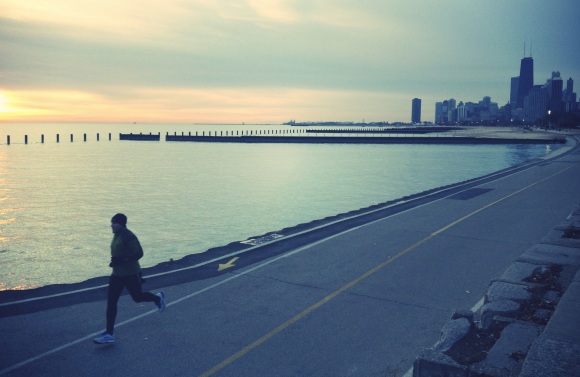When was the last time you bought a newspaper? What about a magazine? How many print subscriptions have you cancelled in the last five years? Or even in the last year alone?
Although your answers to these questions are probably “I don’t remember, I’m not sure, most of them,” take comfort in the fact that you’re not alone. Readers everywhere have opted out of the print subscription in order to take part of the new digital wave of convenience. Digital subscriptions have become the new norm, and people are depending on their smartphones and tablets to deliver their news on an hourly basis. Because less and less people rely on the physical newspaper anymore, the industry is in dire trouble. The days of enjoying a fresh cup of coffee while thumbing through the Tribune are few and far between; most people now resort to reading the news on their cell phone while toggling back and forth between Facebook on a crowded bus. In fact, it has been almost two years since data reported that more people get their news from online sources (versus newspapers).
In the past few years, Twitter has gained a strong following (500 million users have been reported as of last month. Everyone’s heard of it, but few know its full potential. Because a lot of people assume it is a place for people to post personal updates or random unfiltered comments (similar to Facebook’s status feature), it often doesn’t get treated with the attention it deserves.
I estimate that I read about 90% of my news from sources on Twitter. I follow several different news accounts, especially those directly related to industries, brands and writers that I am most interested in. I believe Twitter holds the power of the future of news because it is the most tailored newstream one can find in the online news space. It’s a bold claim, but statistics are showing that Twitter is proving to be a growing and solid news source for people around the world. For those who follow Twitter on a regular basis, it will come as no surprise that it has been reported that 50% of people have learned about breaking news from social media channels.
Twitter is obviously not for everyone, and I understand how many people can be leery of a platform that houses hundreds of Kim Kardashian’s Instagram photos. What often goes unnoticed are the pages and pages of people who are posting material that is directly relevant to your interests and respective field. It is an untapped resource for so many people as it can help in a multitude of respects; whether you’re looking for a new job or a new restaurant, or perhaps you’re just looking to stay as current as possible, Twitter offers the user many benefits. When I began using Twitter almost two years ago, I had no idea where to start. I read several articles that taught me to approach Twitter as not a personal venting platform, but as a revolutionary way to find relevant news updates while interacting with my industry and community at large. I know that there is no other way I would have had conversations with some of my favorite writers and industry leaders had it not been for my involvement with Twitter. It’s so exciting to think that is where communication and news notifications are headed.
With only 140 characters to work with, Twitter has mastered the idea behind the attention-grabbing headline. Unlike a newspaper, users aren’t able to scan articles while scrolling through hundreds of updates refreshing at warp speeds. Users have such a small amount of space to work with, it often proves difficult to truncate precious characters in an effort to make sure everything fits in the text box (while still giving the reader a good teaser of the article you want them to read).
I have to wonder, however, if there will be a time when 140 characters is too long. Are our attention spans getting shorter and shorter? Are we becoming master scanners with the innate power to phase out what is not directly applicable to us? It’s interesting to ask how we have gotten to a place where the majority of our readership is interested in reading online, and filtering at will.
As much as the Internet has impacted printed news, it is social media that has truly turned the news on its head. The ways in which Twitter has been utilized applies to so many more avenues besides news. Several critics have written about Twitter as it applies to the political landscape, the future of photography, what it means for education, and a myriad of other topics. The way we read and comprehend news is changing, and I think it’s important to understand not only how Twitter can keep you informed of the topics you’re most interested in, but why it’s necessary to stay involved in the conversation.



